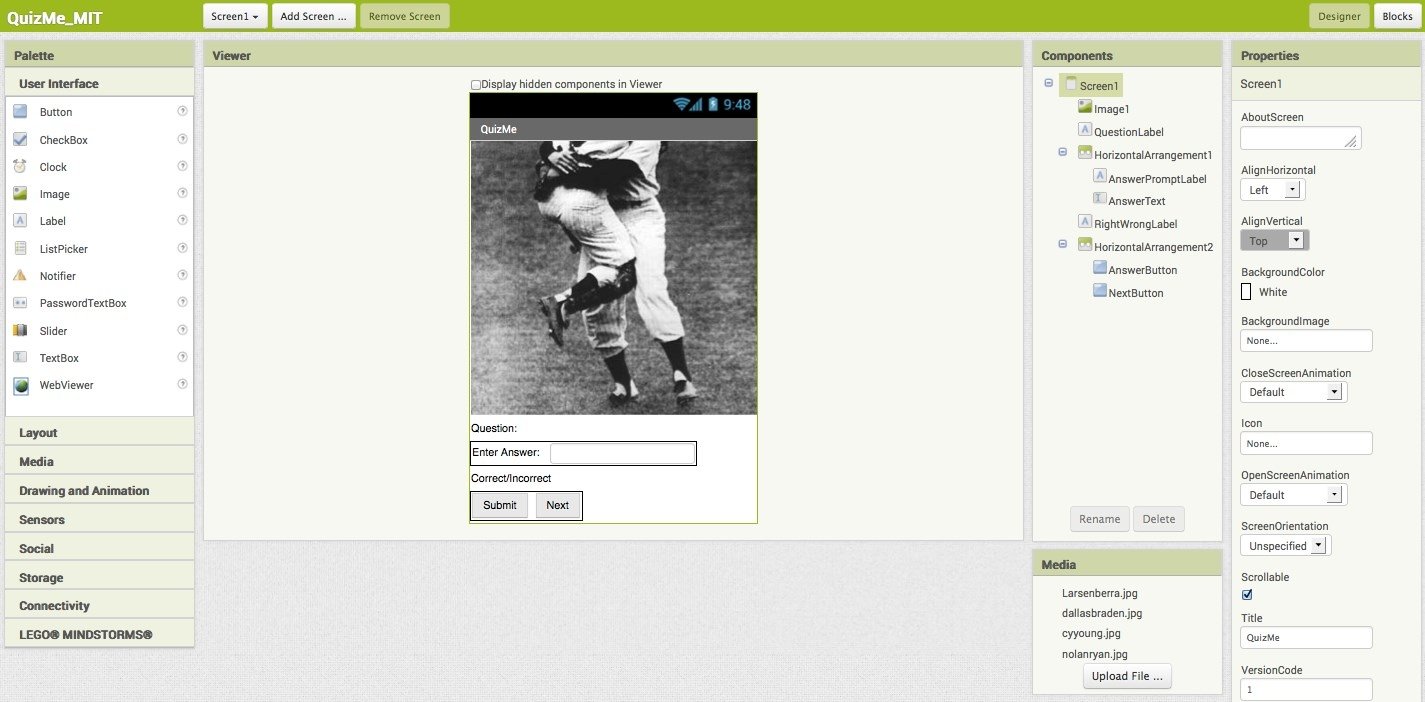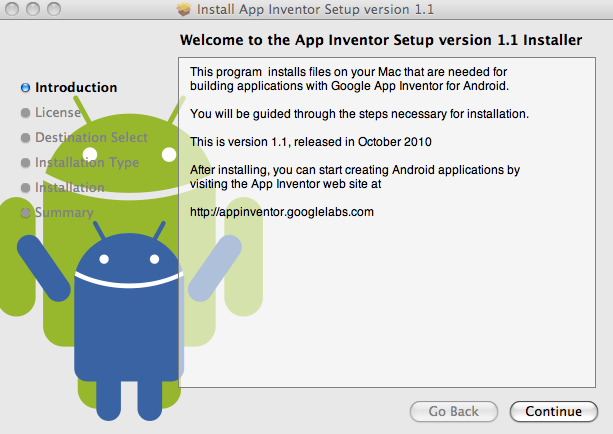

- APP INVENTOR 2 EMULATOR MAC HOW TO
- APP INVENTOR 2 EMULATOR MAC INSTALL
- APP INVENTOR 2 EMULATOR MAC MANUAL
- APP INVENTOR 2 EMULATOR MAC FULL
- APP INVENTOR 2 EMULATOR MAC ANDROID

APP INVENTOR 2 EMULATOR MAC INSTALL
Note 1: If you are working on a 64-bit linux system, you need to install 32-bit version of: glibc(to get a 32-bit version of ld-linux.so), zlib and libstdc++. Have a look at the testing section for more information. If you want to make changes to the source, you are going to need to run an automated test suite, and for that you will also need phantomjs. You will also need a copy of the Google Cloud SDK for Java and ant.
APP INVENTOR 2 EMULATOR MAC FULL
You will need a full Java JDK (version 8, OpenJDK preferred JRE is not enough) and Python to compile and run the servers. More detailed instructions can be found here, a slide show can be seen here, and all the documentation for the project is available in our site. This is a quick guide to get started with the sources.
APP INVENTOR 2 EMULATOR MAC MANUAL
Note 2: If it seems like none of the dependencies are installed in the VM, run vagrant provision.įor better performance, consider using the manual instructions. Note 1: For macOS users, if you are using VirtualBox and get any error while initializing the VM it may be due to security restrictions in System Preferences, consider reading this article. If you destroy the VM, you will need to start these instructions from the top.

To completely remove the virtual machine, run vagrant destroy. To reclaim resources when you are not actively developing, you can run vagrant halt to stop the virtual machine. Enter exit at the prompt to leave the virtual machine. Install Vagrant and open a terminal in the root directory of this repository. The easiest way to get a development environment up and running is to use the provided Vagrantfile.
APP INVENTOR 2 EMULATOR MAC HOW TO
We will also possibly ask you to put an instance with your changes on appspot, and provide a modified Companion app (if that applies) so that reviewers can play with the changes before looking at the source.Ĭheck out our open source site to find a lot more information about the project and how to contribute to it. Remember that the main goal of doing this is to gather as much feedback, as early as possible. If you have skipped this step and have gone ahead and made your changes already, feel free to open a pull request, but don't be too surprised if we ask you to go back and document it in a design document. We generally use shared Google docs for this (with permissions to add comments), but any format that is accessible from a web browser (and allows comments) would do. We use very brief and informal design documents with descriptions of the proposed changes and screenshots of how the functionality would look like and behave, in order to gather as much feedback from the community, as early as possible. The best way to go about integrating changes in App Inventor is to start a conversation in the Open Source forum about whatever you intend to change or add. This code is tested and known to work with Java 8. To operate their own App Inventor instance and/or contribute to the project. We provide this code for reference and for experienced people who wish You do not need to compile or use this code if you wish Public instance that all are welcome to use to build App InventorĪpplications. This code is designed to be run in Google's App Engine.


 0 kommentar(er)
0 kommentar(er)
